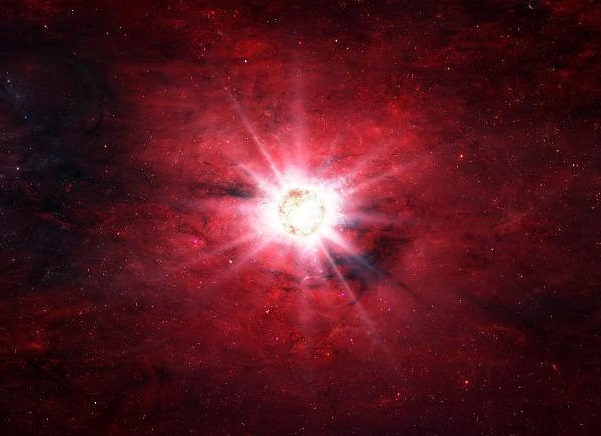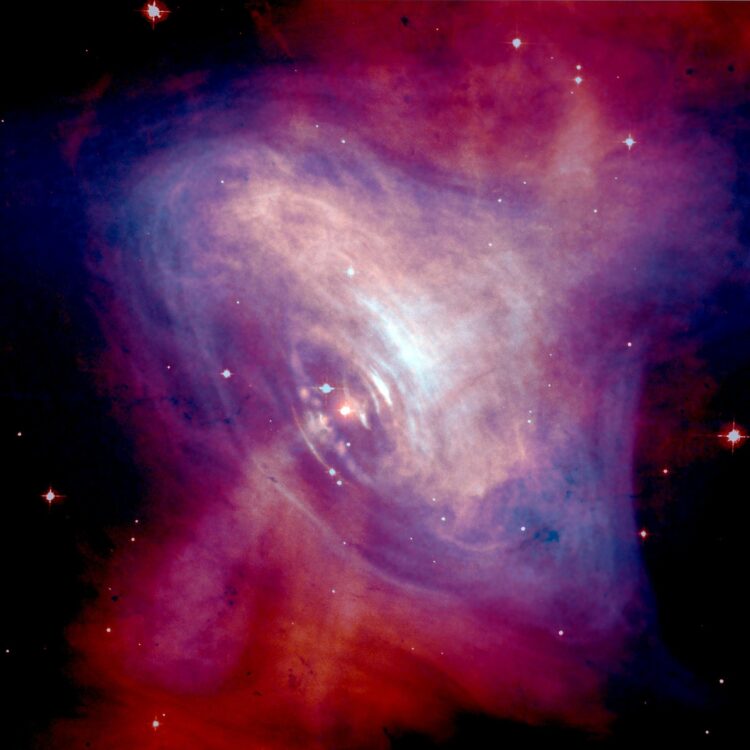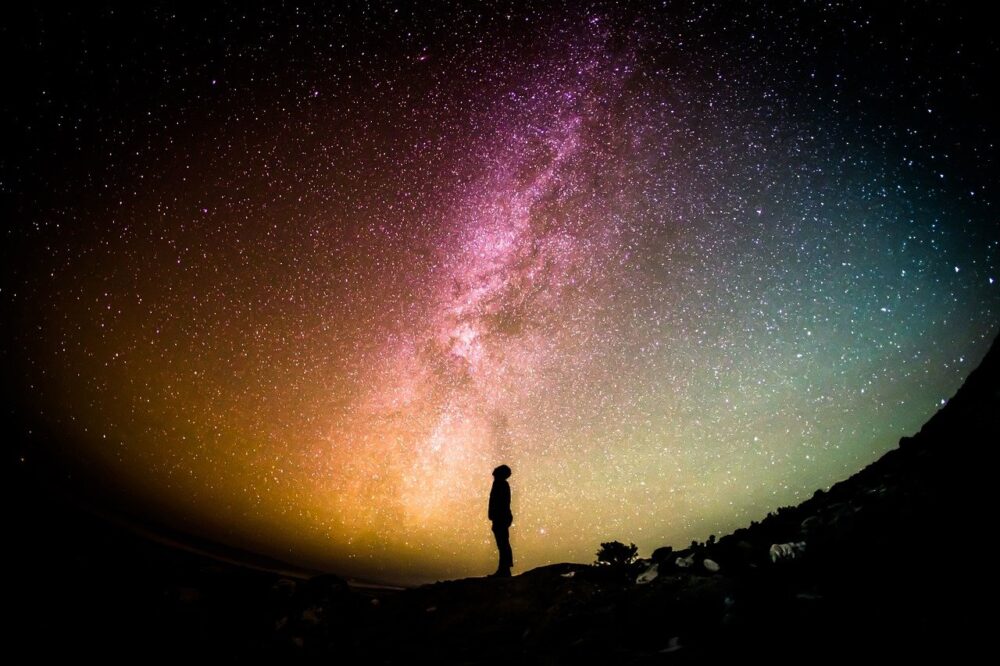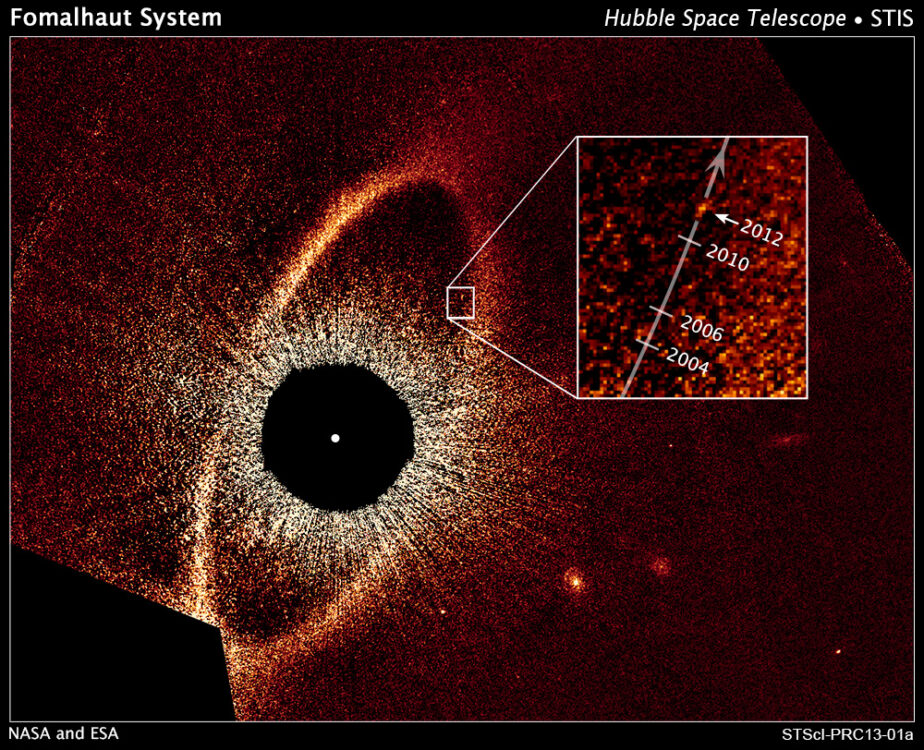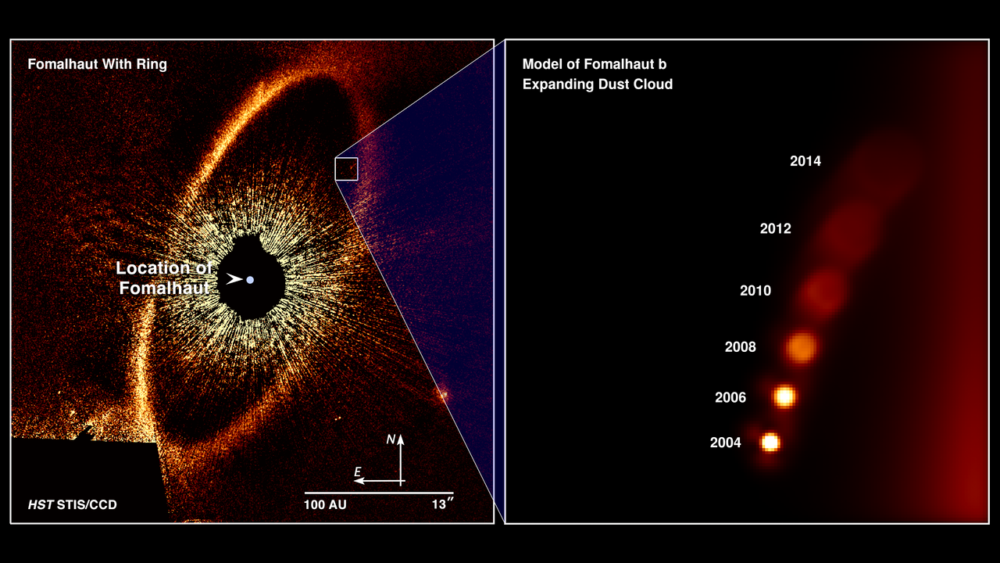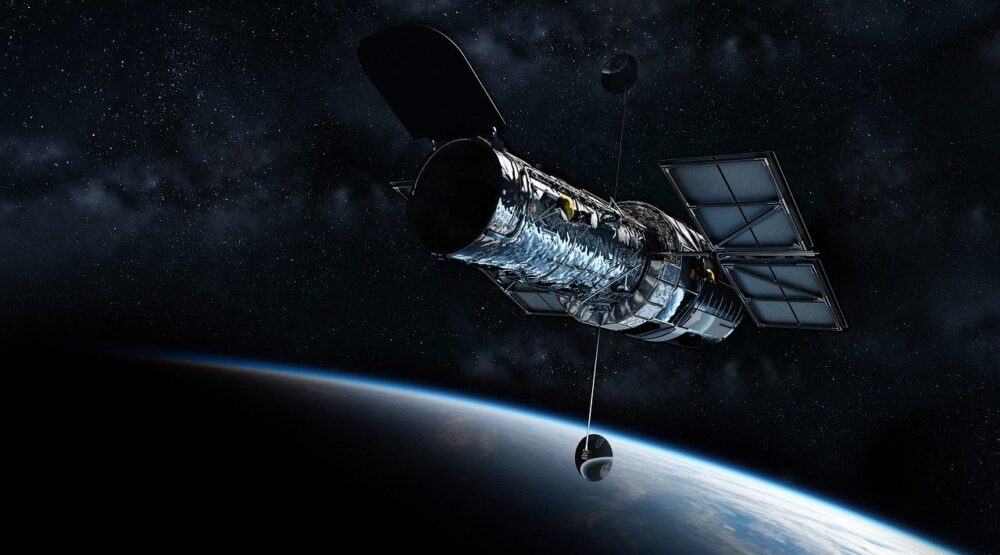Opinion: Stargazing will be redefined for future generations
My generation may be the last to be able to gaze upon a star-studded sky. One night in early 2017, from the terrace of a relative’s home in a tiny village in India, I was astonished and delighted to see the sky packed with stars. Many glowed dimly but steadily. A handful of them had […]
Opinion: Stargazing will be redefined for future generations Read More »

